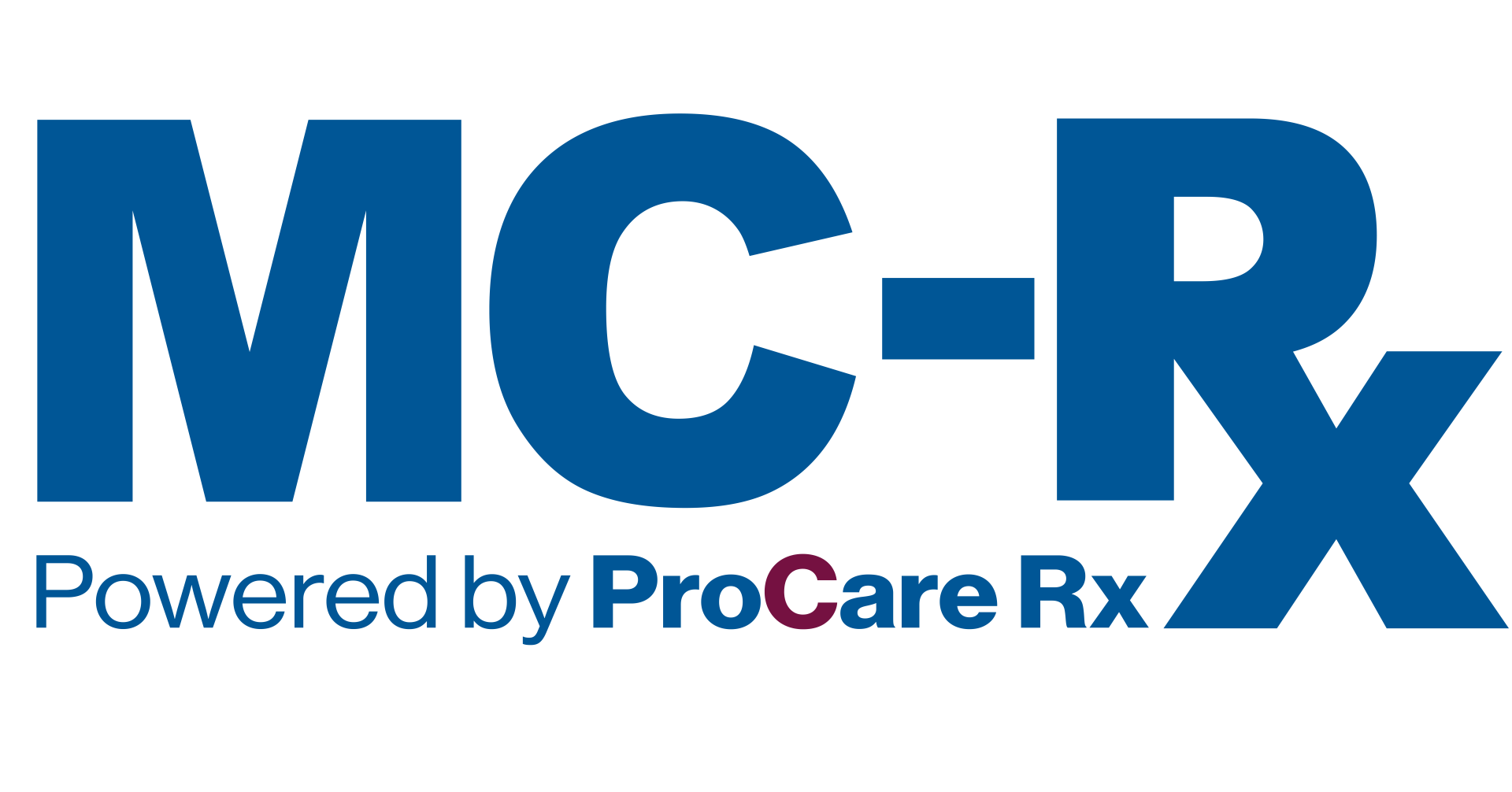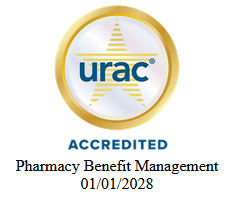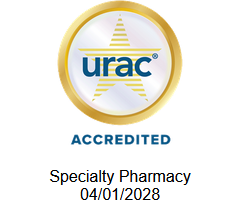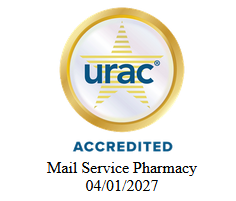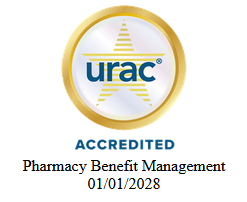Strategies to Optimize Your PBM Dollars
By: Sylvia Flores, Group VP of Operations, MC-Rx

As drug cost and utilization of specialty products increase, it is critical to meticulously assess your member’s utilization patterns and outline a custom strategy that allows you to provide the best clinical outcomes to your members at the lowest possible cost.
In MC-Rx our approach to cost containment and cost reduction strategies is customized to help you achieve that critical balance. It is evident, nowadays, that the one size fits all approach is not the best strategy to follow.
Let’s review some important considerations when evaluating and optimizing your Pharmacy Benefit Manager (PBM) Services:
- Transparency – when contracting your PBM services, it is critical to understand how are you going to obtain the lowest net cost, and which are the fees associated with the services to be contracted. Focusing only on the dollars to be saved, without knowing the source of those savings, can be a misleading approach not bringing overall value to you and your members.
- Lower Cost Approach Our team of Pharmacy Doctors design formularies that include the best clinical alternatives based on efficacy and safety, while also evaluating the drug cost and manufacturer discount negotiations. Focusing only on savings driven by manufacturer’s rebates may result in unnecessary costs that could be offset by an effective formulary design.
- Drug Management Tools –It is perceived that limiting access to medications may help achieve the lowest net cost, but this is not entirely true for many reasons: 1) The use of non-clinical Prior Authorization Strategies, may limit the rebates obtained from drug manufacturers. It is important to evaluate if the utilization reduction with the PA will offset the economic benefit projected from rebates. 2) It is also important to evaluate how the timely use of a medication may help reduce costs associated with other medical interventions, such as; hospitalizations, emergency visits, dialysis, etc. For these, in many cases, the costs surpass the cost of the medication.
- Drug Discount at the Pharmacy Network Contracts– PBMs must ensure a healthy relationship with their providers in order to obtain the best outcome for their clients. The PBM’s ability in negotiating drug discounts with their Pharmacy Network is critical in establishing a cost effective Pharmacy Benefits Program.
- Cost Containment Strategies – Nowadays it is important that PBMs provide cost containment strategies, such as Smart Co-Pay Programs, Personal Importation of Medication support, Alternative Funding Programs, Discount Cards, etc. As the cost and utilization of specialty products and drugs for chronic conditions increase, manufacturers and independent entities provide an increasing number of programs to support and drive access to patients in need. The combination of these programs with the benefits offered by employers and insurers increases the access to innovative medications that will improve your member’s quality of life at an affordable cost for both. Many of these programs could result in $0 or a very low copay for your member and significant cost reduction for you as the payer.
Finally, discussing with your PBM provider the way they handle the above strategies is critical, asking the right questions and truly evaluating the entire program offerings, beyond rebates, is imperative to drive member satisfaction at an effective cost.
Contact us to discuss your alternatives and to receive a proposal of our services, especially design for you.



